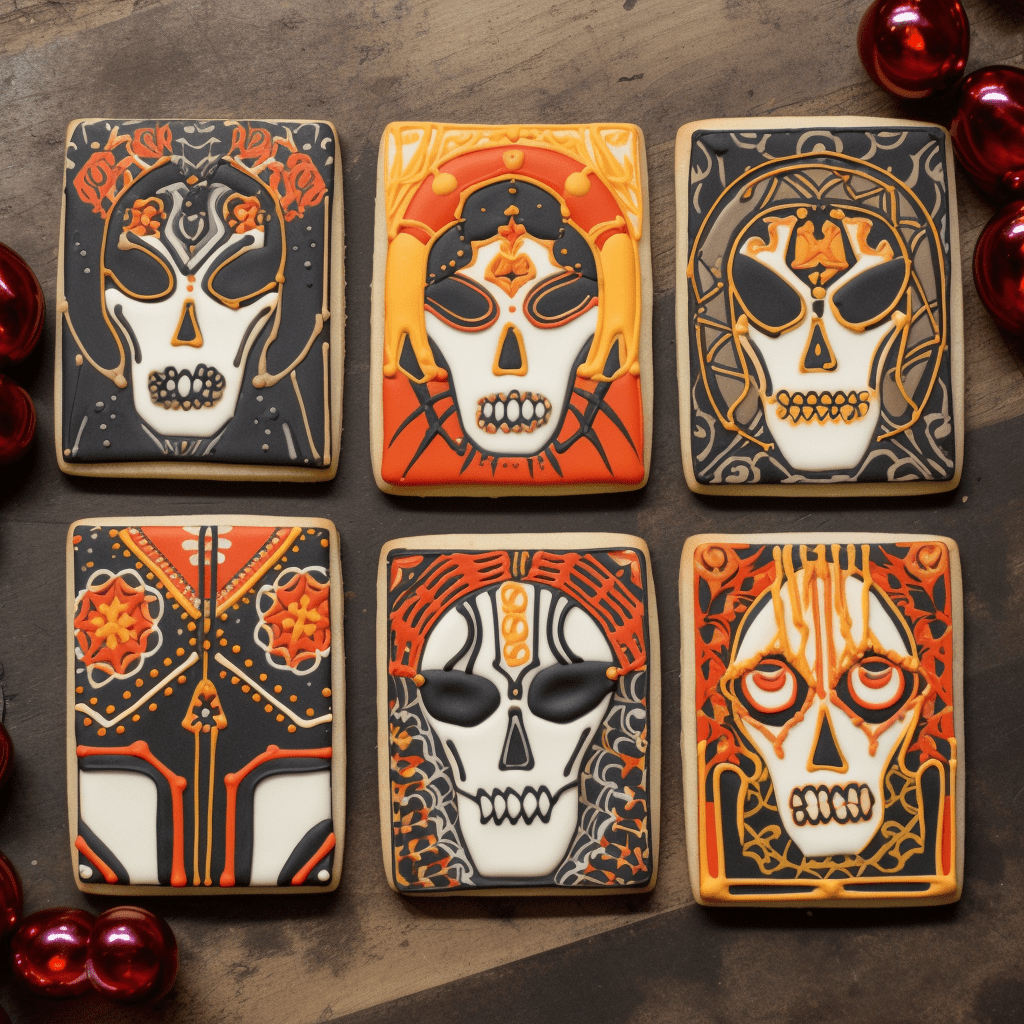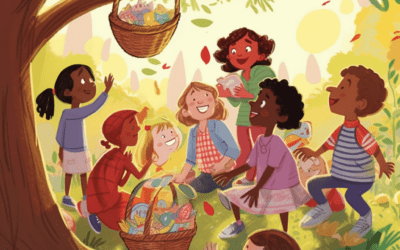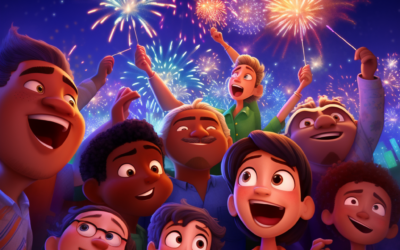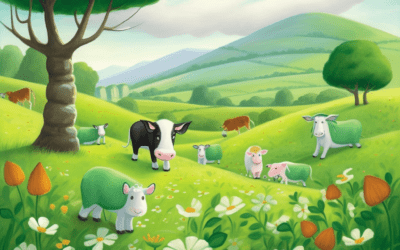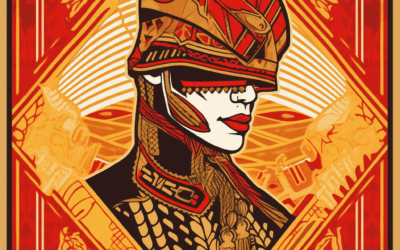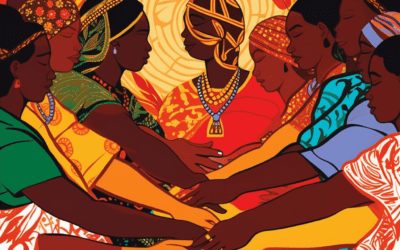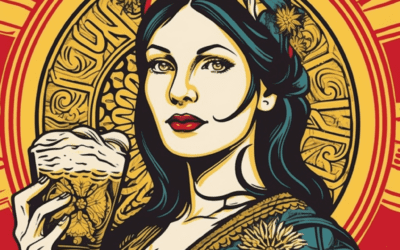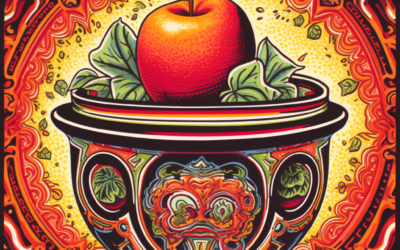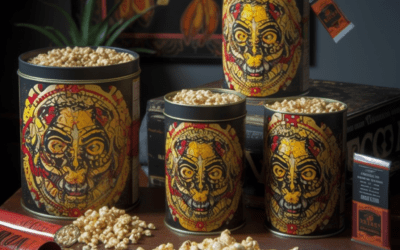The History of Halloween Cookies and Their Spooky Shapes
The Origins of Halloween Cookies
Halloween cookies have become a beloved tradition during the spookiest time of the year. These delicious treats are often shaped like ghosts, bats, pumpkins, and other eerie symbols of the season. But where did the tradition of Halloween cookies and their spooky shapes come from?
Halloween and its Origins
Halloween, also known as All Hallows’ Eve, has its roots in ancient Celtic festivals, particularly the festival called Samhain. This festival marked the end of the harvest season and the beginning of winter in Celtic regions. People believed that during this time, the boundary between the living and the dead was blurred, allowing spirits to roam the earth.
The Influence of Celtic Traditions
Celtic people would often light bonfires and wear costumes to ward off these roaming spirits. They also left out food and treats to appease the spirits and ensure a bountiful harvest in the coming year. This tradition eventually evolved into the trick-or-treating we know today.
Medieval Christian Influence
When Christianity spread across Celtic regions, it merged with existing traditions. All Hallows’ Eve, the night before All Saints’ Day, became a time to honor saints and pray for the souls of the departed. People would go door-to-door, collecting “soul cakes” in exchange for praying for the homeowners’ deceased relatives. These soul cakes were often sweet, round treats, which may have laid the foundation for Halloween cookies.
The Emergence of Halloween Cookies
As Halloween evolved over time, the tradition of baking special treats for the occasion emerged. Halloween cookies, with their spooky shapes, started to become popular in the United States in the early 20th century. Families would gather to bake cookies in the shapes of ghosts, witches, black cats, and other Halloween symbols, adding a playful and festive touch to the holiday.
Symbolism in Halloween Cookie Shapes
The spooky shapes of Halloween cookies hold symbolic meanings associated with Halloween folklore. Ghost-shaped cookies represent the spirits of the departed, while bat-shaped cookies denote the creatures often associated with the night and darkness. Pumpkin-shaped cookies pay homage to the jack-o’-lantern, a symbol closely tied to Halloween, which originates from the Irish folktale of Stingy Jack.
Halloween Cookie Decorating
One of the most enjoyable aspects of Halloween cookies is the opportunity to decorate them with colorful icing, sprinkles, and other edible embellishments. Children and adults alike can let their creativity soar as they add their personal touch to the cookies, making each treat unique and spooktacular.
Halloween Cookies Today
Today, Halloween cookies continue to be an integral part of Halloween celebrations. They are commonly enjoyed at Halloween parties, handed out to trick-or-treaters, and used as festive decorations. The shapes and designs of Halloween cookies have become more elaborate over the years, reflecting the growing popularity and creativity surrounding this annual tradition.
In Summary
The history of Halloween cookies and their spooky shapes can be traced back to ancient Celtic traditions and the merging of Halloween with Christian festivals. The emergence of Halloween cookies in the United States in the 20th century further solidified their place in Halloween celebrations. These delicious treats, shaped like ghosts, bats, pumpkins, and more, continue to delight people of all ages and add a touch of spooky fun to the festivities. So, next time you sink your teeth into a Halloween cookie, remember the rich history behind these tasty treats!

